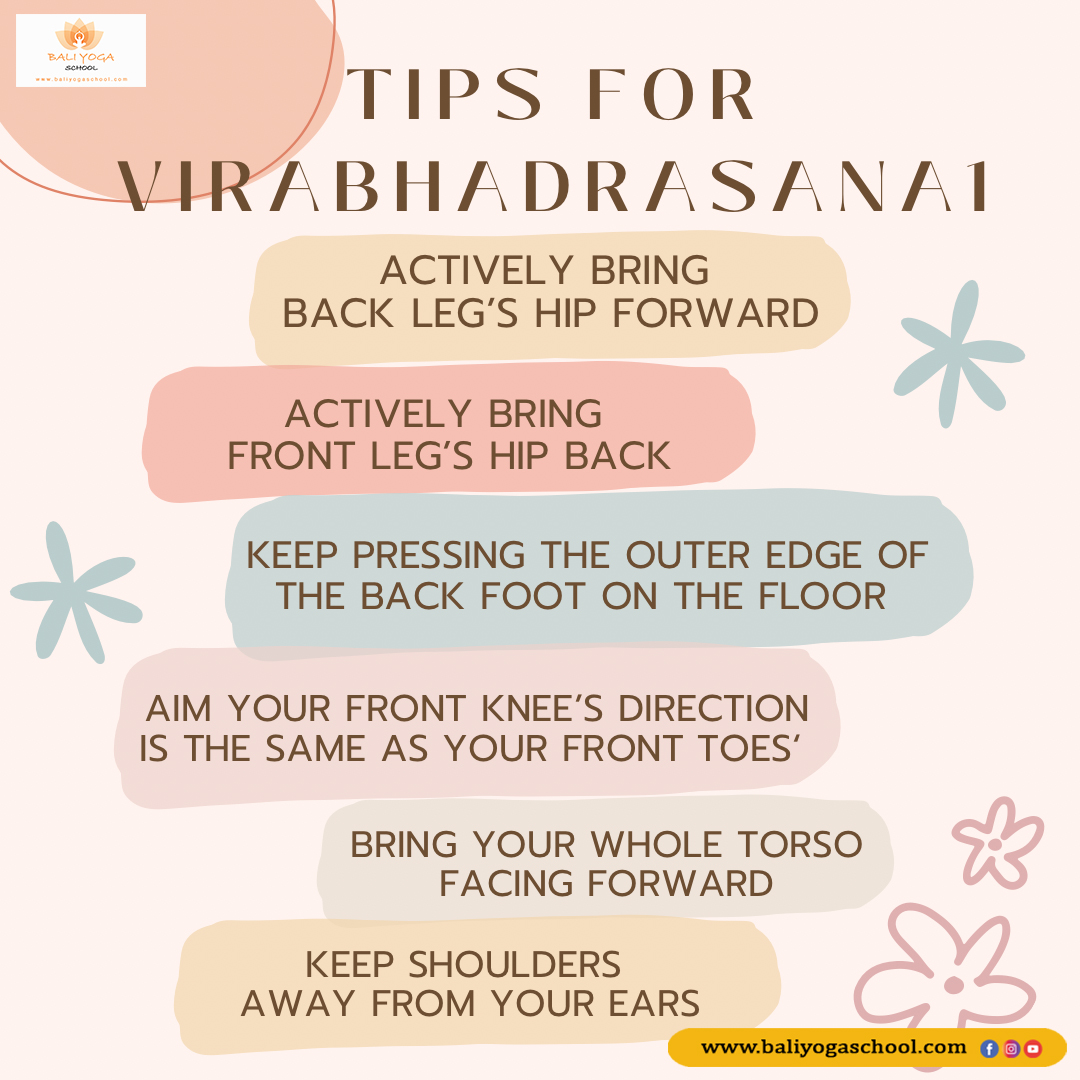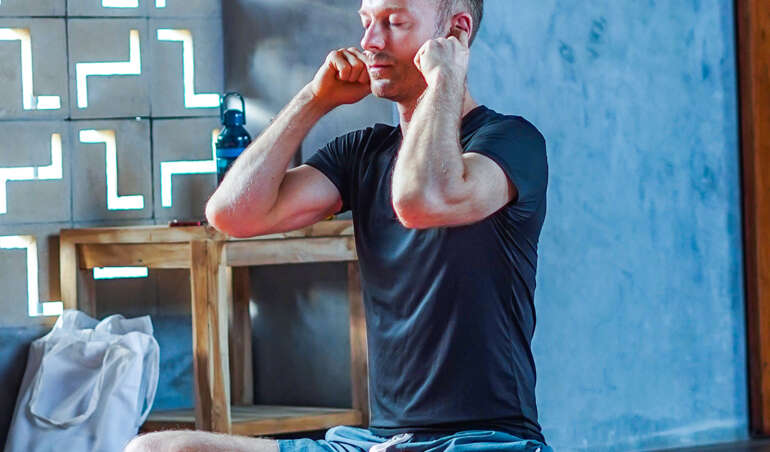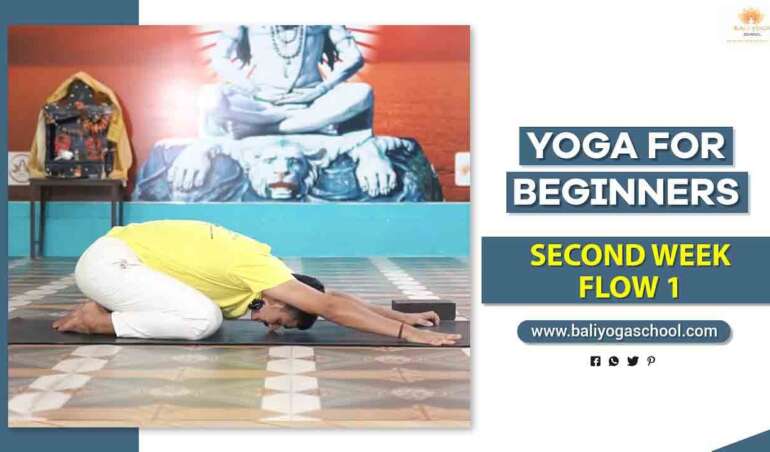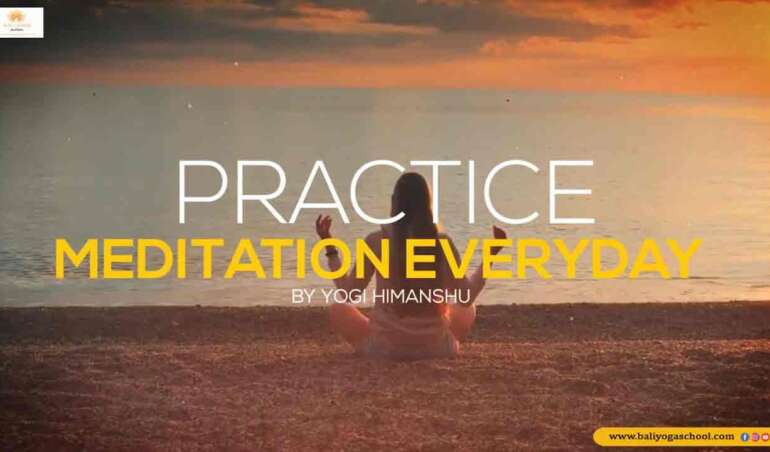
Virabhadrasana I
“Sthirasukhamasanam”
Patanjali’s Yoga Sutras / Pada 2, Sutra 46
– Steady and comfortable should be the posture –
Virabhadrasana 1 (Warrior 1 pose) is one of the most used asanas in yoga asana classes.
It may look simple, but this is actually one of the basic asanas that requires a great flexibility.
Let’s learn a proper way to get a great benefit.
METHOD
1 – Stand in Tadasana (Mountain Pose). With an exhale, step or lightly jump your feet 3to 4 feet apart.
2 – Raise your arms up vertically to the floor and parallel to each other. Reach your hands up actively towards the ceiling. Bring your scapula bones to the center of your back and draw them down toward the coccyx.
3 – Turn your left foot in 45 to 60 degrees to the right and your right foot out 90 degrees to the right. Align the right heel with the left heel, or slightly apart. Exhale and rotate your torso to the right, square the front of your pelvis as much as possible with the front edge of your mat. Pull down your coccyx toward the floor as the same time as your fingers go upwards actively.
4 -With your left heel firmly anchored to the floor, exhale and bend your right knee over the right ankle so the shin is perpendicular to the floor. Aim to align your right thigh parallel to the floor. Keep reaching your arms strongly up to the sky, lifting the ribcage away from the pelvis. If possible, bring the palms together. Keep your head in a neutral position, gazing forward, or tilt it back and look up at your thumbs.
5 – Stay here for as long as you feel comfortable.
6 – As you inhale, press your feet firmly into the floor and reach up taller with your arms, and straighten the right knee. Turn the feet 90 degrees to the left and release the arms with an exhalation, or keep them extended upward for more challenge.
7 – Take a few breaths, then turn the feet to the left and repeat for the same length. When you have finished the other side, return to Tadasana.
BENEFITS
- Stretches the chest, lungs, shoulders, neck, belly, groins (psoas).
- Strengthens the shoulders, arms, the thighs, calves, the muscles of the back and ankles.
- Increases flexibility greatly in the hips and psoas.
- Improves focus, balance and stability.
- Opens your chest and improves air circulation.
- Opens you heart and develops your courage.
- Improves the functions of digestive and reproductive system.
CONTRAINDICATIONS
- Avoid this asana unless instructed any modifications by professionals if you have any of the below or feel uncomfortable any time during your practice.
- High blood pressure / Heart problems – keep arms low
- Balancing issue – keep your feet wide apart
- Shoulder problems – keep the raised arms parallel or slightly wider than parallel to each other.
- Neck problems – keep the head in a neutral position and not to look up at the hands
- Arthritis
- Diarrhea
- Recent surgery or injury in the legs, back, shoulders, neck.






